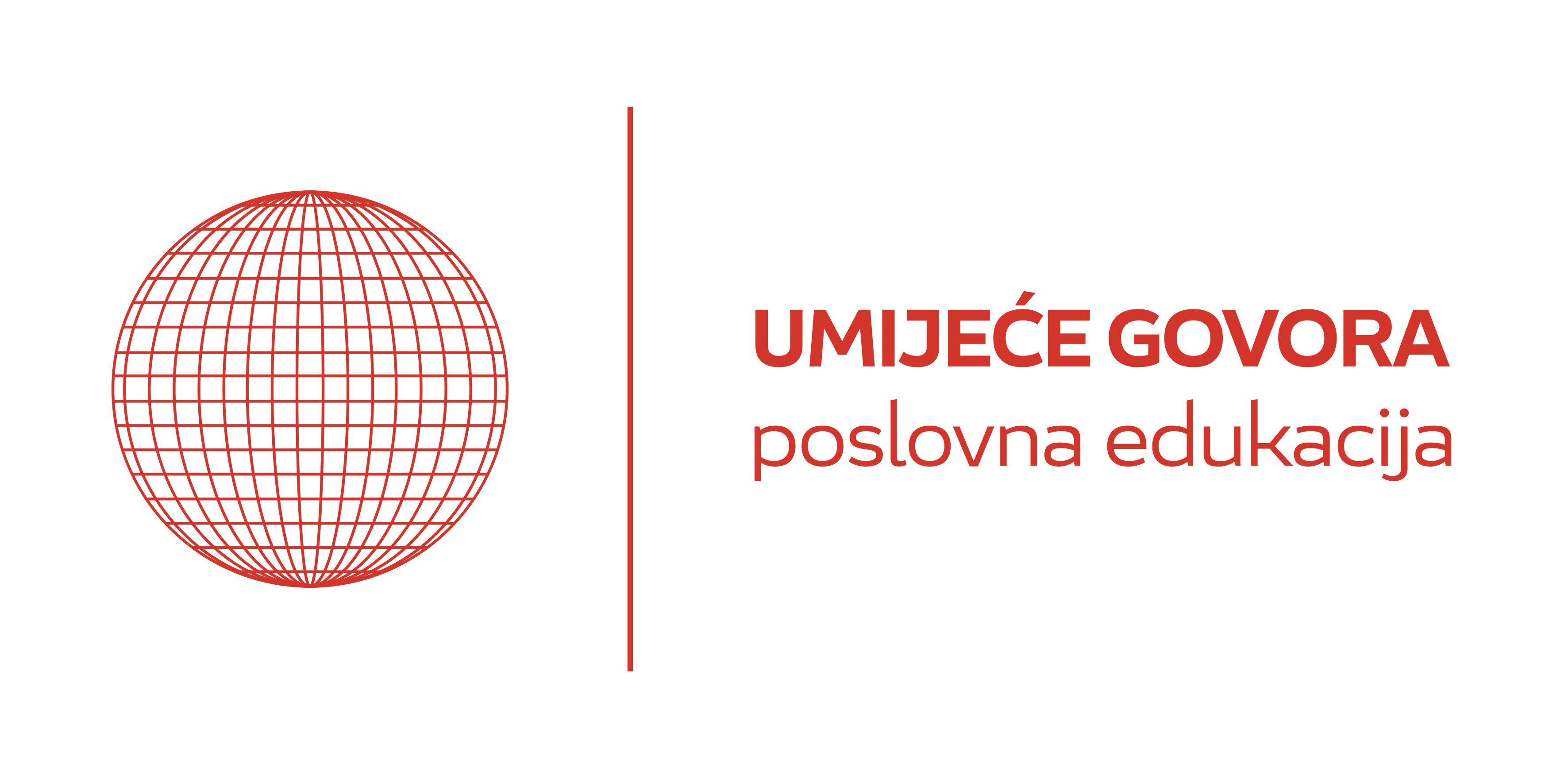CRISIS COMMUNICATION MANAGEMENT 4.0
Jagoda Poropat Darrer
Business Communication Professional
How high-tech improvements resonate in Public Relations today, in a world where AI and Big Data have turned to be valuable tool in many businesses, what is the role of spokespersons in modern crisis management and how they build credibility – the most important intangible asset, it is discussed within this text.
Companies are operating in a high-speed environment as the rapid spread of information, rumors, and fake news on social media increases the risk of major organizational crises. To face this new reality, managers must now adopt new tactics of crisis management, new IT tools, and adapt very quickly to any eventualities to protect the reputation of their organization. Big data and artificial intelligence turn out to be valuable allies (Fabien and Prud’hommes, 2019).
Crisis communication management (CCM) 4.0 unveils a new paradigm in Public Relations. It appears chronologically after Crisis communication management 1.0 (until the mid 2000’s), Crisis communication management 2.0 (from late 2000’s until 2010) and Crisis communication management 3.0 (from 2010 to now) following the marketing evolution model and the online one. Artificial intelligence learns at a faster rate than ever and soon be able to help managers to make decisions based on facts, thanks to deep learning and algorithms based on advanced metadata, sentiment analysis, and natural language processing. Collaborative decision-making between humans and AI will soon become a reality and essential to managers. Fabien and Prud’hommes (2019) suggest, as do other experts, that AI will be able to generate credible messages to specific audiences on a regular basis. But it won’t be able to generate messages connected to human emotions during a crisis. Human managers will always have to make the final decision based on AI scenarios. The next generation of PR executives will have to master inner and outer diagnostics, especially inserious situations like crisis management. This means that they will have to have emotional intelligence already embedded into their leadership skills and be diagnostic driven, in order to make decisions based on a larger perspective that is especially crucial in crisis management.
CCM 4.0 includes important crisis preparation components that are crucial to the business communications strategy. Although the change is sometimes considered costly in time and money, the return on investment is easy to demonstrate, state Fabien and Prud’homme (2019). Top crisis management challenge is the effectiveness of leadership and decision-making. Having a crisis plan has proven to significantly reduce the impact of crisis. It encompasses nine pillars: credibility engineering, metadata, deep learning, AI, collaborative decision making, error management strategy, stress management, emotional intelligence and mindfulness, as suggest Fabien and Prud’homme (2019).
Crisis is inevitable. The 2020 has given communication experts, crisis managers and even head of states plenty of opportunities to exercise and to brush up the skills and abilities to manage crisis. Some has done a great job and some of them unveiled weaknesses of their management style and more, all the weaknesses and strengths on a personal, organizational and national level. In managing crisis, it is crucial to maintain credibility. Credibility is a part of the reputation building framework along branding, image and trust. It is the result of being believed by an audience. If the public does not believe a spokesperson or an organization, no communication is possible. That also means, if there is no communication, there is no way to end a crisis. Based on the Kouzes and Posner (2011) statement on leadership and on Prud’homme’s master’s dissertation (2004), credibility is a dialogue; it is a relationship built on mutual understanding. Kouzes and Posner (2011) also state that credibility is the foundation of leadership and that an audience must believe in a leader – Fabien and Prud’hommes (2019) add “or in an organization” – before people follow them – “listen to them.” The only way to build this mutual understanding is to build credibility before a crisis hits.
The findings of the research paper named Communicating COVID-19 Pandemic: Media Coverage of the Headquarters and the Use of Persuasion Strategies in Croatia by Marijana Grbeša (2020) indicate that the coverage of the key communicators during the first three months of the pandemic in Croatia was overwhelmingly positive. A challenging task of communicating the pandemic was assumed by the people associated with the Headquarters of Civil Protection of the Republic of Croatia. Four people from the team soon emerged as the faces of the battle against the virus: Vili Beroš, Croatian Minister of Health, Davor Božinović, Minister of Interior Affairs, Krunoslav Capak, the head of Croatian Institute for PublicHealth, and Alemka Markotić, the head of the Clinic for Infective Diseases ‘Dr. Fran Mihaljević’. They communicated mainly through daily press conferences that became the central media event for citizens confined to their homes. As Grbeša (2020) states the media and pundits praised ‘the fantastic four’ for their expertise, credibility, and sober communication. Commonly skeptical and distrustful citizens championed the efforts of the Headquarters and went along with their instructions. It is a prove that professional credibility in managing crisis communication can mobilize to action, protect reputation and homogenize people to overcome the crisis.



